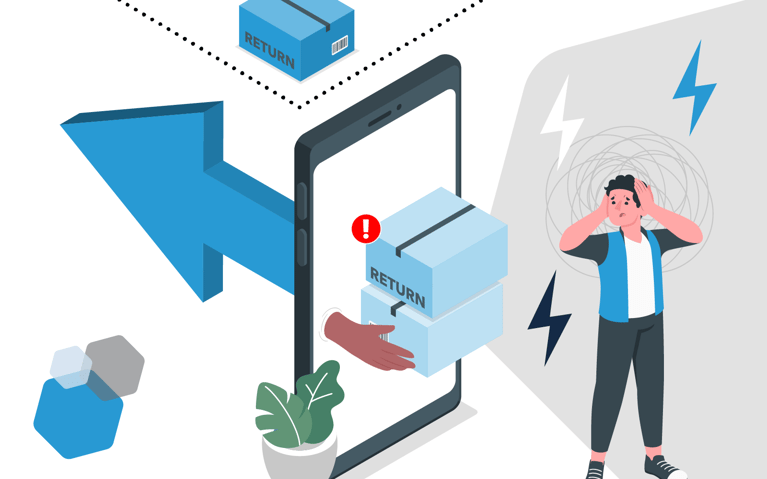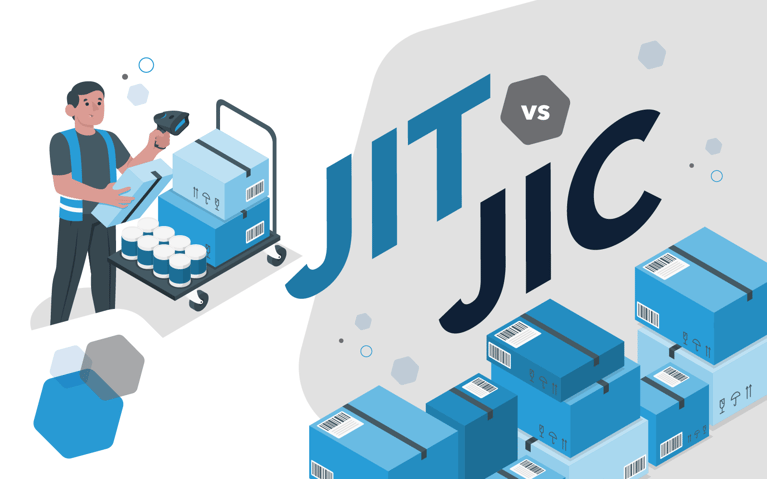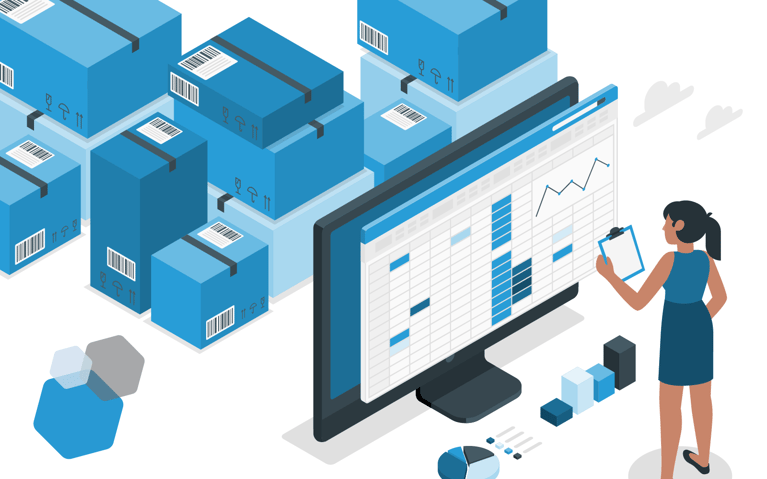Ecommerce has provided convenience consumers love – however, it also adds new issues for retailers. Without the ability to do things like try things on or see tangible products in person, returns become a part of the customer experience and a reality online retailers must face.
Why do people return online orders?
Online shoppers returned an estimated US$ 212 billion dollars in inventory in 2022. The top reasons given for returns were:
- Damaged or defective product
- Wrong item
- Product was no longer needed
- Disparity between displayed and delivered product
- Product fails to meet expectations
- Poor product quality
- Customer no longer wanted product
- Incorrect size or fit
- Product arrived too late
- Gift return
Brands must also stay aware of fraud and wardrobing (purchasing for a specific event with the intent to return after), which contribute to return losses.
Online purchase return rates are highest for clothes (25%), bags and accessories (18%), shoes (18%), accessories (13%), food and beverages (13%), consumer electronics (12%), cosmetics and body care (11%) and toys and baby products (10%). Despite the challenges returns create, they can be mitigated. And because returns are a crucial part of the customer journey, managing returns with a policy, strategy and an exceptional experience is essential.
How returns cost ecommerce businesses
Although the monetary amount that returns cost the retail industry is staggering, it’s only part of the picture. Returns cost ecommerce brands in other ways. Costs are also incurred through:
Labor
Businesses pay for labor at each stage of the fulfillment and shipping process. When an item is returned, it adds to the labor involved with inventory management, repackaging and restocking.
Transportation
Products that are returned must be transferred back from buyer to seller, resulting in additional fuel and equipment costs.
Damaged products
When items are damaged beyond repair, it’s a loss that affects the business.
Despite the issues ecommerce businesses face with online returns, the National Retail Federation found that return rates are decreasing. It has gone from 20.8% in 2021 to 16.5% in 2022. Both retailers and consumers are likely getting savvier, with shoppers learning how to identify better what works without a tangible experience and brands providing more information for a more informed decision.
What type of returns experience do customers expect?
Online shoppers want a frictionless returns experience – and 60% will examine a return policy before purchasing to ensure that they get one. Consumers are looking for convenience and flexibility, and the majority prefer a 30-day return window.
Not offering your customers what they want or making returns difficult will significantly impact your bottom line. For businesses, this means striking a delicate balance between meeting the customers’ needs without significantly impacting your resources. The good news is that there is a lot you can do to prevent returns and offer an excellent returns experience to purchasers who need one.
Returns management best practices
The foundation of a strong returns management strategy lies in prevention. It also relies on clear communication. Each brand should manage customer expectations by looking at data and trends. Then ask:
- What do consumers look for in a return policy?
- How do customers want to make returns?
- How much time do people need to make returns, and what might hinder them from making returns sooner?
- What are your customers telling the customer service team about your returns process?
- Where and how can you improve your returns experience?
- Is your return policy easy to find, clear, competitive and does it meet current consumer expectations?
Once you have the information you need, follow these best practices for returns management:
Create a robust returns policy
Your return policy should address any questions a consumer might have. Robust return policies will include:
- Return fees or return shipping costs, if any
- Return requirements
- Return deadlines and timeframes
- How to return items
- How customers are refunded (e.g., gift card, cash back, store credit, etc.)
- Refund processing times
- Acceptable product return condition (e.g., still in package, with tags, etc.)
- The return process
You can make the returns process easier with automation. Make it simple for a customer to begin the process through your site. The experience should be seamless, with each step laid out clearly end to end.
Implement a returns prevention strategy
Even though returns are a reality, there are still ways to reduce them through various strategies. Some effective actions include:
Offer comprehensive product information
Customers are more likely to return items when descriptions, photos or information don’t match what they receive. Ensure that your product pages provide accurate descriptions, and when possible and appropriate, add sizing guides, AR/VR tools, videos, specifications and dimensions, visuals, customer reviews and feedback, tips, recommendations for items customers might also like and anything else that enhances the shopping experience.
Pack products properly
Spending the time and money for proper packaging can save you more in the long run. With damages accounting for a portion of returns, the more preventative measures you can take will pay off. Think of it like this, an extra dollar or two could save you a much bigger amount for a total item loss. Focus on padding, eliminating void space, how resistant the package is to the elements and that fragile and expensive items are insured.
Ensure accurate orders
Returns are a given for inaccurate orders. To avoid sending the wrong items – especially the same items in multiple sizes and colors – you’ll want technology and labor that can support accuracy. If you’re not handling your own fulfillment, partner with a 3PL service that provides the modern strategies, technology and labor that helps you meet your customers’ needs.
Communicate with your customers
Most people understand the world has complexities and are willing to let things go. You can often avoid returns by offering essential information and ship times up front. And by providing information or updates throughout the shipping process, your customer is more likely to accept unavoidable delays.
Prevent fraud
Use your OMS and returns management software to monitor sales and returns patterns. You can often flag potential fraud by analyzing types of returned products, specific SKUs returned and return methods (receipt, non-receipt, etc.). Any specific suspicious activity should be noted, and precautions taken.
Add product guidance to your site
How often do you get frustrated trying to use something only to return it? Brands can prevent this action by designing post-purchase information and guides. Consider how-to videos, infographics, written instructions and strong customer support. Fashion retailers can show how people wear certain things and what it goes with. Use multiple channels to get the information to your customers.
Offer exchanges and alternative product choices
Suggest other items that might work and have an equivalent value during the return process. You can also offer credit if they want to find something different on their own.
The benefits of a streamlined returns management process
Brands can view their returns management process as an opportunity to build strong relationships with their customers. When you have a streamlined process that’s frictionless and transparent, you have happy shoppers. Some of the benefits include:
- Creates loyal customers: A study found that 89% of consumers are less likely to buy from a retailer following a bad return experience, while 97% would likely buy again after a positive return experience. This makes a streamlined returns management process a must.
- Offers a better customer experience: Customers expect a seamless, end-to-end online shopping experience. Returns are a critical part of that. When you make the returns experience good, you improve the overall experience.
- You can reduce returns: Brands learn a lot from data and feedback. Returns are a great place to get that information. Add a way to provide that information: For example, add a section that lets customers give the reason for their return. Between that and preventative measures, you can reduce the number of returns.
- Resell returned items faster: A streamlined process gets your product back on the shelf more quickly. You can process refunds and restock swiftly.

-1.webp?width=400)




